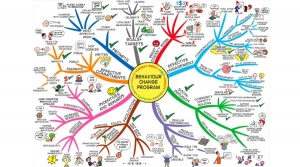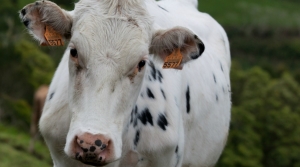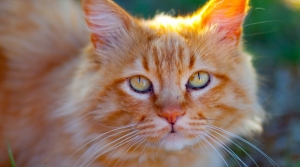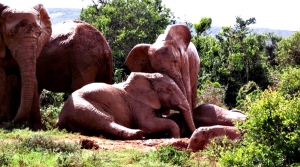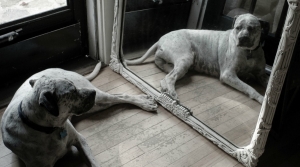
Jessica Bridgers
Jessica is the Executive Director at World Animal Net. Having received a B.S. in biology with minors in chemistry and anthropology from the University of New Mexico, she combines a scientific background with a passion for animal protection. She completed her M.S. in Animals and Public Policy from Tufts University and internships with Humane Society International, Animal Protection of New Mexico, and the New England Anti-Vivisection Society before arriving at World Animal Net. In her free time, she volunteers with horse and wildlife rescues.
Work Smarter Not Harder: Resources to Improve Your Communications Strategy
Working in animal protection, we all have important issues we are focused on and which we want to raise awareness about. Without raising awareness, many of our issues would see little improvement. However, the fact of the matter is that simply shouting the loudest about our cause won’t necessarily lead to the desired changes. We must work smarter, not harder.
Social Marketing for Animals vs. Social Media Marketing for Animals: Is There a Difference?
When many people hear the term “social marketing” they imagine Facebook, Twitter, and the ever-growing world of social networks, which are increasingly used for targeted and effective marketing. However, “social media marketing” and “social marketing” are actually two different things. While “social marketing” might include social media as an outreach tool, social marketing can also utilize traditional communications channels. So, what is social marketing exactly and how does it apply to animals?
Using Sentience for Advocacy: A Few New Resources
On the heels of the recent recognition in the French parliament that animals are “living, sentient beings” who will now be recognized by their intrinsic value rather than market value, animal advocates are again reminded of the importance of emphasizing in their work the increasing body of scientific evidence for animal sentience.
What Do Elephants, Rats, and Ravens Have in Common? Empathy.
We are all familiar with the feeling of empathy. We feel sad when our friends and family are sad, and we share their happiness when they are happy. But is empathy a trait unique to humans?
Smoke and Mirrors: Three Things You Should Know About the Mirror Self-Recognition Test
As a species, humans like to draw lines and we like concrete categories that help us navigate the world around us. We see animals no differently. We like to draw categories which help us determine what our responsibility to the animal in question is, and often the less these categories impinge on preexisting uses and perceptions, the more likely they are to be accepted.

